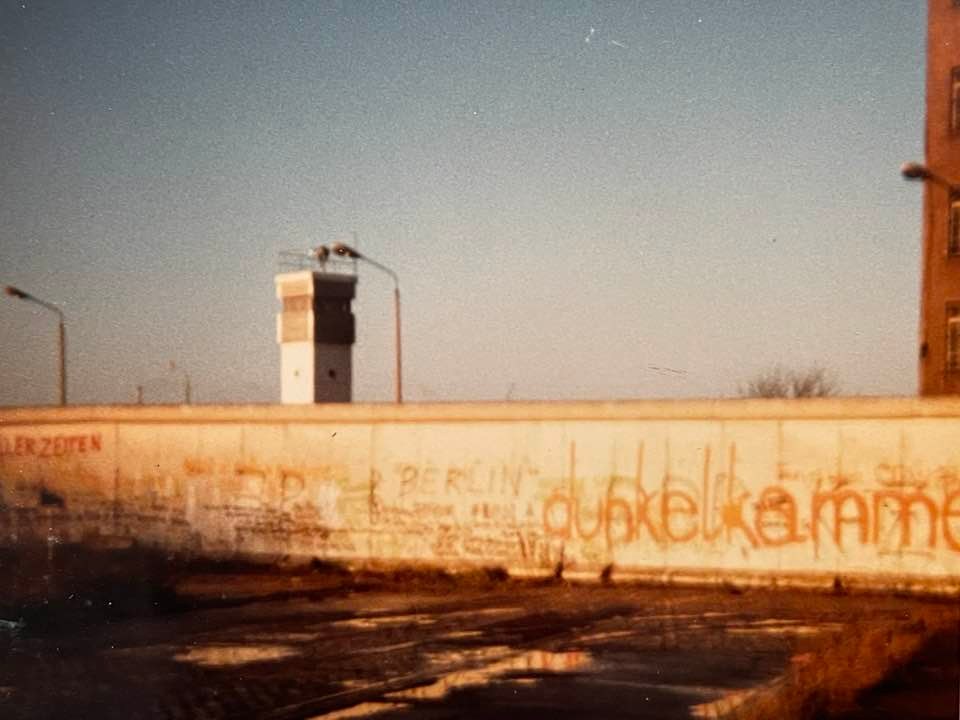MAY 18, 2022 – After another day in Moscow, I traveled by train to Leningrad, then westward to Helsinki. From the Finnish capital, I steamed farther west to Stockholm. There I visited my cousin Anders before heading southwest to Malmö to see our cousins Merith and Mats-Åke.
The November daylight in Sweden was short and the weather, unattractive. These conditions suited me well: apart from lengthy conversations with my cousins, I was immersed in writing a detailed account of my impressions of Russia. The trip had sparked what would become a life-long quest for knowledge and understanding of “[the] riddle, wrapped in a mystery, inside an enigma.” At no time before now has such a quest been so relevant.
With affection I bade farewell to Sweden, my “home away from home,” and headed south to Berlin for one more glimpse of Communism but in side-by-side contrast with the West. It was a fleeting visit, one that didn’t allow for a tour of the Pergamonmuseum or stops at so many other worthy attractions. What beckoned were the drab streets and shops of East Berlin, the Wall, Brandenburg Gate, and Das Mauermuseum – Museum am Checkpoint Charlie.
My day in Berlin produced three memorable impressions.
First was the infamous Wall. I remember touching the 20-foot-high concrete barrier on the west side and closely examining its arbitrary crossing over the cobblestone street and trolley rails embedded among the stones. “There’s no rhyme or reason for this,” I thought aloud. Nowhere else had I seen such an irrational boundary; one set by autocratic fiat. The Wall seemed no more reasonable than an impenetrable barrier across one’s kitchen. Moreover, the Wall wasn’t designed to keep people from going east but to prevent people from going west. No one was ever shot climbing over from West Berlin; only people attempting to escape from East Berlin faced execution. What more evidence, I thought, did a reasonable human being need to decide which side—despite all of its faults—to favor?
The second most memorable sight was the closed East Berlin subway station—guarded by heavily armed East German soldiers—that the U-Bahn rushed by as it snaked from West Berlin, under the Wall into East Berlin, then back into West Berlin. I long pondered this bizarre manifestation of the East-West political divide.
The third indelible memory was a small crowd scene at the Friedrichstraße station in East Berlin. While I waited for a train going west to Amsterdam, I saw a group of North Koreans on the next platform where they awaited a train to Moscow. I surmised that they were high-ranking Communist Party members. Each sported a bad haircut, shorn disproportionately short on the sides, and wore the same style gray, ill-fitting, Western-like suit. Every one of the men had acquired a SONY-brand TV and stereo packed in large boxes, doubtless purchased at a hard-currency store in East Berlin. While the Koreans waited, each smoked what must’ve been the most acrid cigarettes in the world—given the distinctive wincing that accompanied every drag.
(Remember to subscribe to this blog and receive notifications of new posts by email.)
© 2022 by Eric Nilsson
